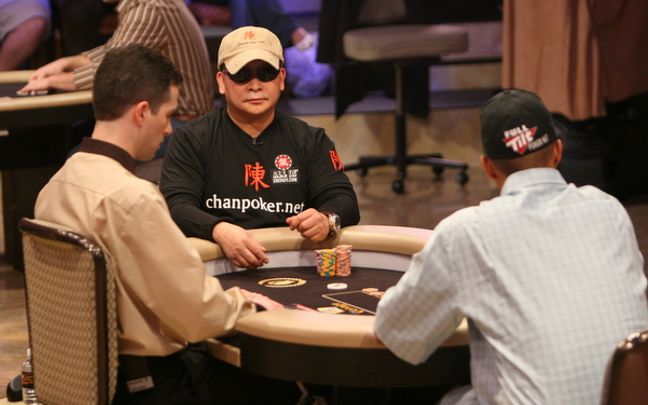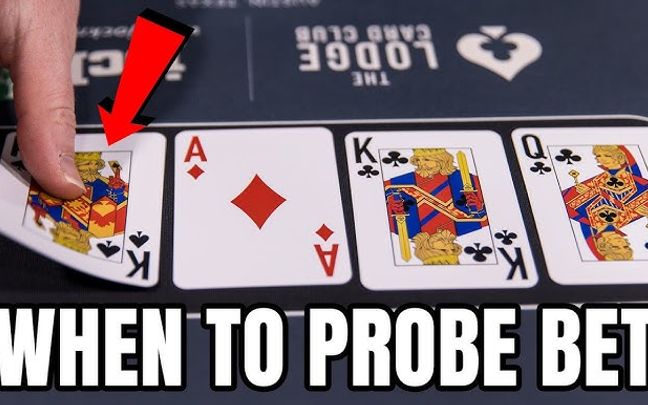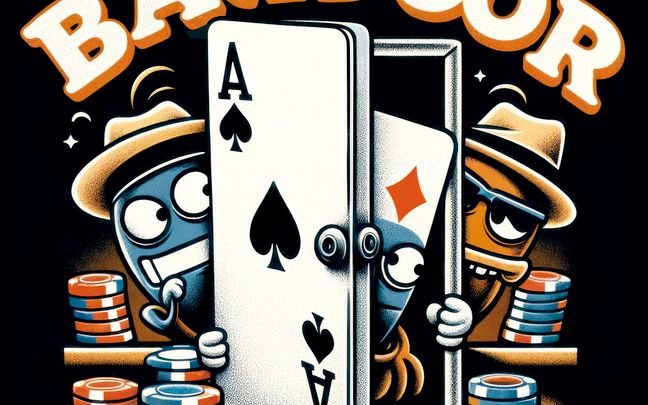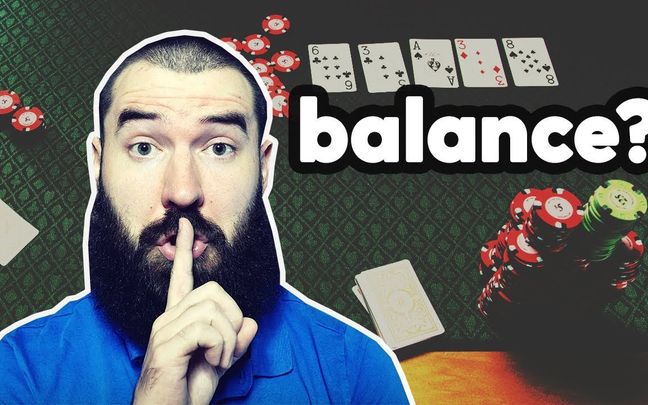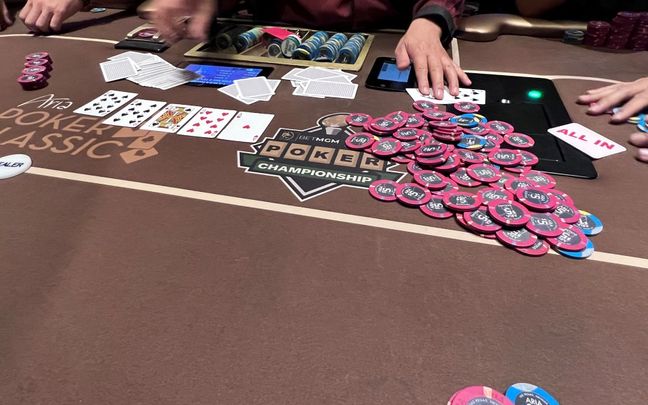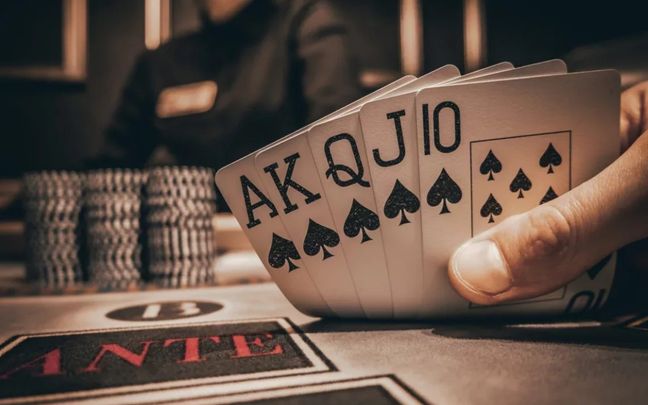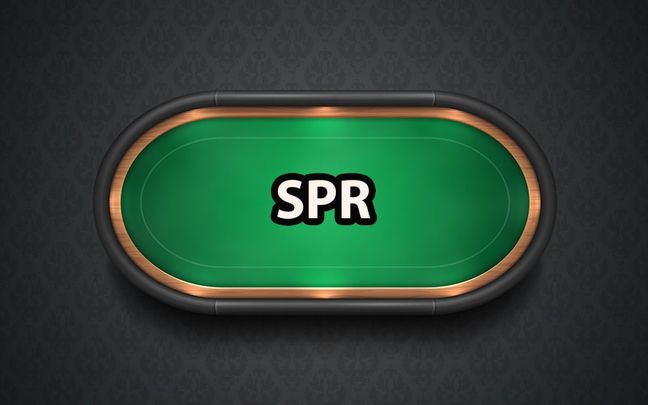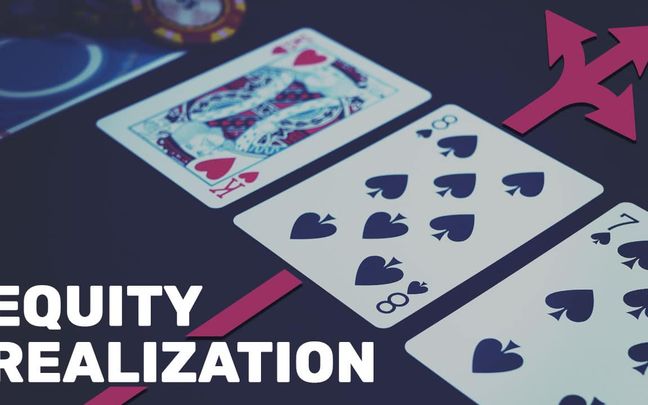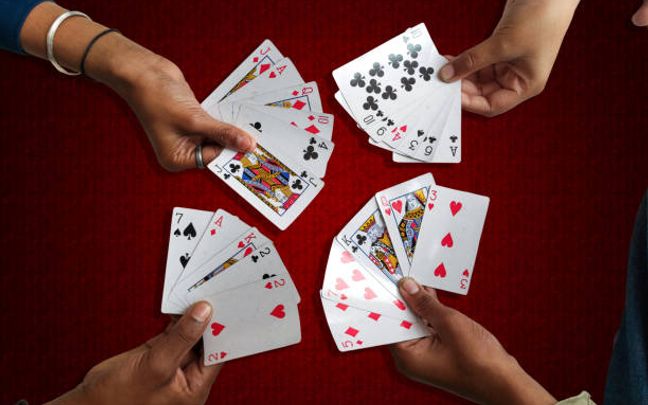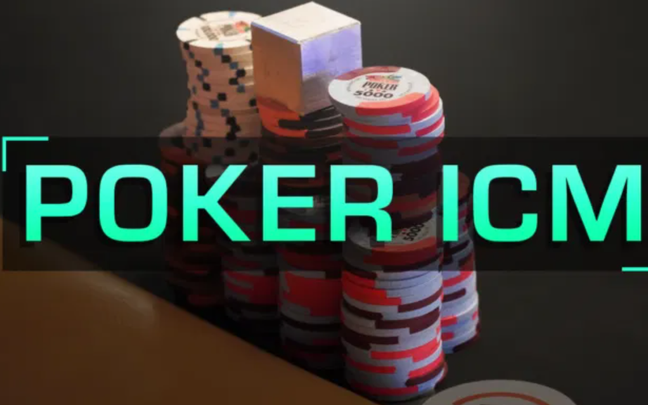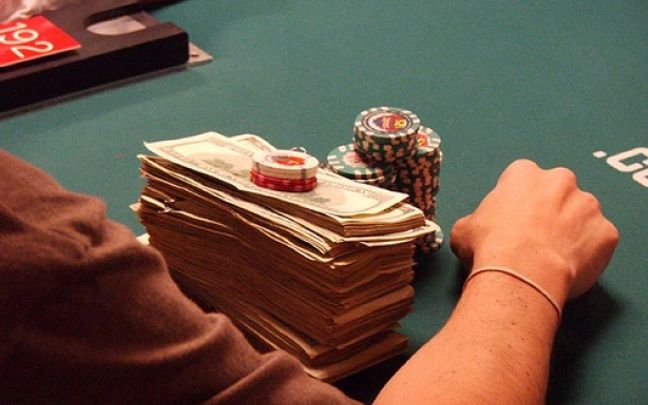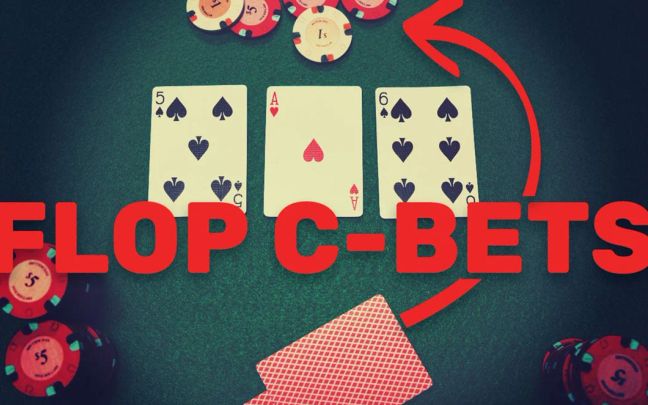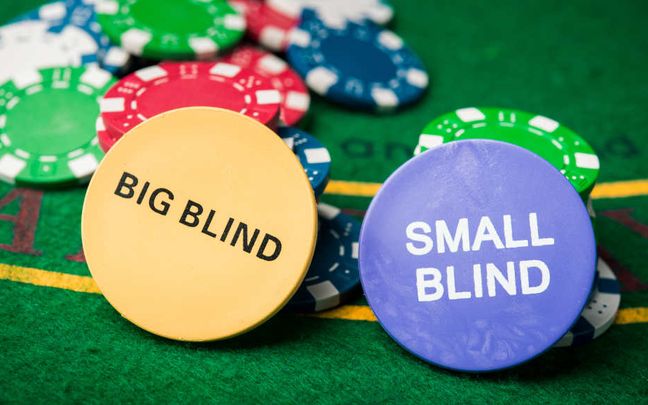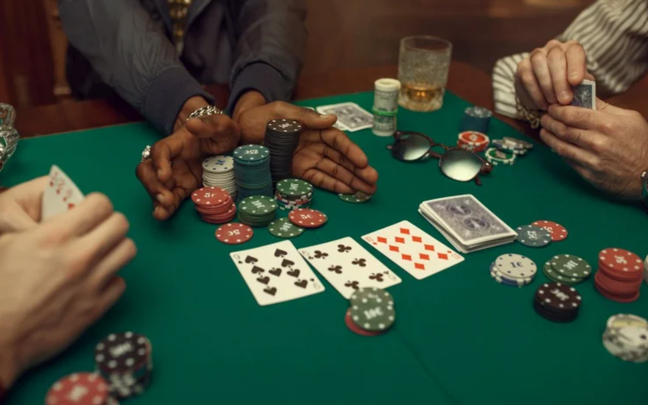One of the important but often overlooked concepts in poker is "Way Ahead Way Behind" (WA/WB). This is a special situation in poker, where you can be very far ahead or very far behind your opponent, but you can't be sure of the difference due to lack of information. Understanding and applying the WA/WB strategy will not only help you maintain your edge, but also minimize your risk in unclear hands.
This article will delve into the analysis of the Way Ahead Way Behind (WA/WB) concept, how to recognize and apply this strategy in specific situations of the game of poker.
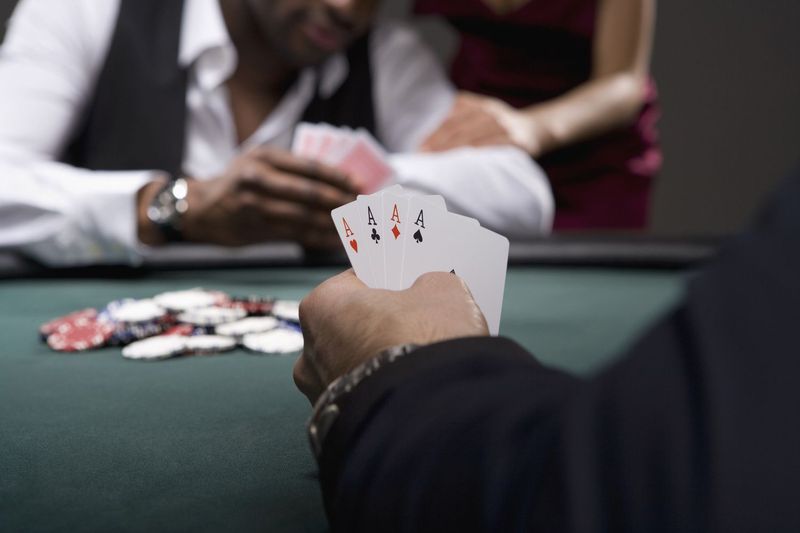
The Concept of "Way Ahead Way Behind" in Poker
The "Way Ahead Way Behind" (WA/WB) concept in poker is used to describe a situation where a player is either significantly ahead or far behind their opponent, but cannot be certain of their exact standing due to a lack of information.
-
Way Ahead: The player holds a very strong hand and is likely ahead of their opponent. For example, you might have a strong pair, while your opponent may hold a much weaker hand.
-
Way Behind: The player holds a much weaker hand and is likely far behind their opponent. For example, you might have a mediocre hand, while your opponent may have a much stronger one.
In a Way Ahead Way Behind situation, the best approach is often to play cautiously, opting to check or call rather than bet or raise. This strategy minimizes risk when you're unsure of your opponent's hand strength. It helps you avoid losing too many chips if you're way behind, while still maintaining some advantage when you're way ahead.

Strategy for Playing in Way Ahead Way Behind Situations
In poker, when facing a Way Ahead Way Behind (WA/WB) situation, you need to adopt a cautious strategy to protect your advantage when you're ahead and minimize losses when you're behind. Here are some specific strategies to consider:
Check and Call
-
Check: If you're unsure about your opponent's hand and want to avoid adding more to the pot, you can check to see another card or to gather more information from your opponent.
-
Call: If your opponent bets, you might prefer to call rather than raise. Calling keeps the pot small and helps you avoid losing too many chips if you're behind.
Avoid Raising
In WA/WB situations, raising can risk losing more chips if you're behind. Keep the pot small by only calling or checking.
Small Bet or Check
If you're way ahead, you might make a small bet to build the pot without scaring your opponent away. A small bet can also help you gauge if your opponent has a stronger hand without risking too many chips.
Observe Your Opponent
Pay attention to how your opponent plays to gather information. Their betting patterns and reactions to the community cards can reveal whether they have a strong or weak hand.
Delayed Continuation Bet (Delayed C-Bet)
If you made a continuation bet in the previous round, you might choose to check in the subsequent round to see if your opponent bets. This can provide additional insights into your opponent's hand.
Use Bluffing Cautiously
Bluffing in a WA/WB situation should be done carefully. If you think your opponent might fold, a well-timed bluff can be effective, but ensure you're not risking too many chips.
Remember, WA/WB situations often require patience and careful observation. Pay attention to your opponent's moves and adjust your strategy based on the information you gather.
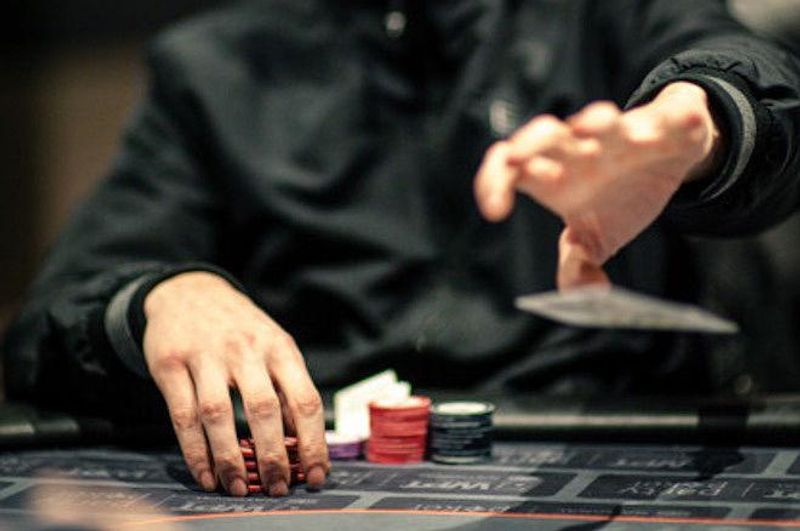
A Specific Example of a Way Ahead Way Behind Situation in Poker
Here is a concrete example of a Way Ahead Way Behind (WA/WB) situation in a Texas Hold'em hand:
Situation:
You are playing at a 6-handed table.
You are in the Button (BTN) position and hold pocket Kings (K♠ K♦).
The opponent in the Big Blind (BB) calls.
Flop:
K♣ 7♠ 3♠ - You have flopped three of a kind (trips) with Kings, a very strong hand. However, you are still unsure of what the opponent has. This could be a WA/WB scenario.
Action:
The opponent checks. You decide to check back to avoid scaring them away and hope they will bet on the next street.
Turn:
8♠ - This is the third spade on the board, which could give the opponent a flush if they hold two spades.
The opponent bets half the pot. You call instead of raising because you're unsure if they have a flush. If they do, you are behind; if not, you are still ahead with your trips of Kings.
River:
2♦ - The river card doesn’t change much. The opponent bets large, and you sense this is a WA/WB situation.
If the opponent has a flush, you are way behind. If they only have a weaker hand, you are way ahead. You decide to call rather than raise, keeping the pot small and revealing the opponent's hand.
Outcome:
The opponent reveals A♠ 7♠, giving them a flush with spades. You lose the pot but have minimized your losses by applying the Way Ahead Way Behind strategy.
In this situation, playing cautiously helped you avoid losing too many chips when the opponent had a flush. This demonstrates how to apply the WA/WB strategy in practice to manage risk and protect your stack.

Way Ahead Way Behind in poker is not only a useful skill, but also an important strategy that helps you tailor your gameplay to the specific situation. Understanding and applying WA/WB correctly can help you avoid unfortunate mistakes and optimize profits from potential hands.
By keeping the pot small when uncertain and only increasing when there is a clear advantage, you can better control your risk and maintain your composure in a Way Ahead Behind situation. Always remember that poker is not only a game of luck but also a game of strategy and skill.

